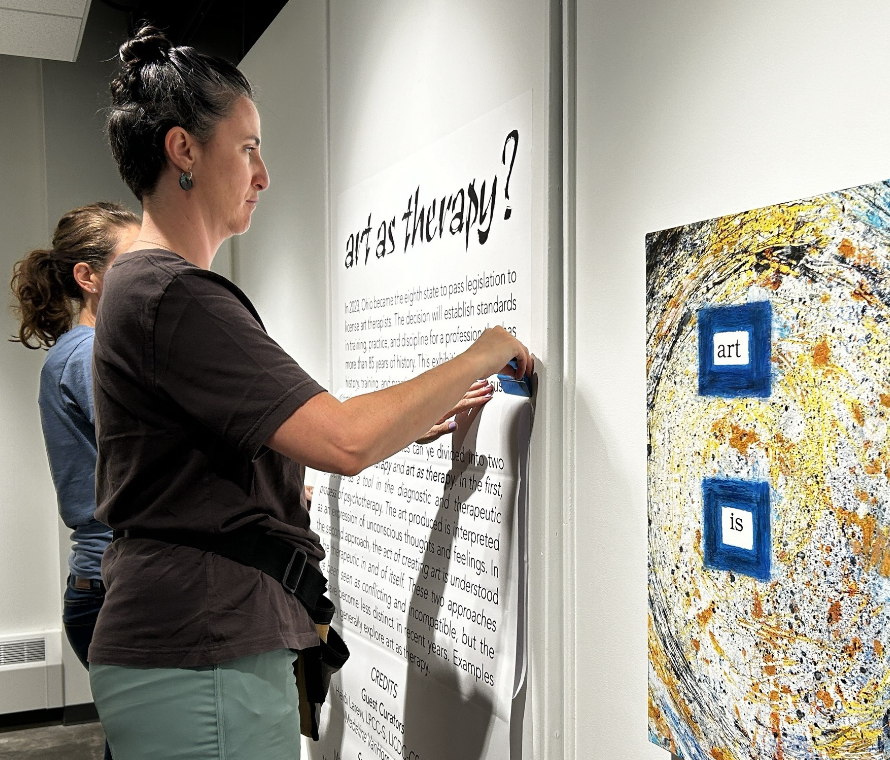Chris Coon
When students schedule their classes at The University of Akron, they have the option to do so under the guidance of their academic adviser or a course guide. Because of this option, students won’t pay attention to what the course description is all about.
“I took the Black Experience because it was a requirement,” said Matt Willard, a fourth year student at UA who took the class two semesters ago. “I never paid attention to what the course was really about, but by the end of the class I really enjoyed it.”
According to the University of Akron’s course guide, “there are three Black Experience classes that are offered. There is The Black Experience from 1619 to 1877, 1877 to 1959 and 1959 to the present.”
Each of these courses focuses on the history of African Americans through specific time periods, while delivering the point of view to students in a non-Anglo Saxon way.
“The one thing I took from the courses was a newfound respect for not only the culture of African Americans, but also the history,” said Mike Dehkne, a fourth year engineering student who took the course three semesters ago.
“Anglo Saxon” is defined as a person of English ancestry, so in other words, The Black Experience is taught in the perspective of African Americans. Throughout grade school, many Americans are taught in this Anglo Saxon viewpoint; however, the Black Experience tries to open the eyes of students in a different direction.
“I took two courses on The Black Experience, the middle and present (The Black Experience 1877 to 1959 and 1959 to present),” said Dehnke. “I liked the middle course the most, just because a lot of the information that I was taught in class I was unaware of versus the present class.”
The Black Experience course from 1619 to 1877 is described in UA’s course guide as “the examination of the Black American including origins, historical achievements and struggle to achieve first-class citizenship in America.”
The Black Experience course from 1877 to 1959 examines the experiences of Blacks following Reconstruction after the Civil War.
The third and final course is the Black Experience from 1959 to the present. According to the course guide from the university, the class examines the relationship of the Civil Rights Movement, Black Nationalism, integration, segregation and desegregation as strategies to eliminate discrimination, and achieve equal opportunity.
“I love history and this was the perfect class for me,” said Willard. “Plus, the class wasn’t too stressful. It was very interesting.”






